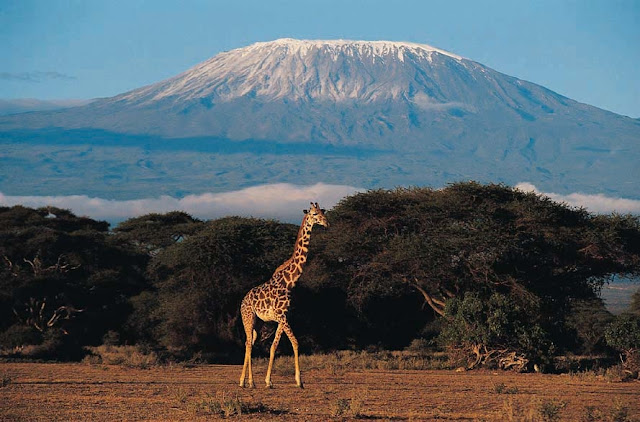- Ride a motorbike - Believe it or not, I cant maneuver a geared motor bike. It's right on top of the things to learn list. Since I can ride an automatic scooter, it should be easy. The sole purpose of learning a mobike is to zip across stunning landscapes and rarely visited corners of the Indian Himalayas. Maybe the classic journey from Manali to Leh.
- Eat vegetarian street food in Asia Pacific - Sounds like an oxymoron ? Asia is the land of spices. There's hardly any street across Asia where you don't see a vendor selling aromatic food. I've never had the courage eat at food stalls in Bangkok, Hongkong or Guangzhou. After all what could a vegetarian eat in countries where people consume birds, dogs and worms ? Now there's a conflict of interest here. The traveler within me is intrigued by the street food & wants experience the local cuisine. The vegetarian within me confines me to touristy restaurants with clearly demarcated food. It's a real adventure to enjoy street food, while still being vegetarian. And I'm finally ready to ride the roller coaster.
- Scuba dive or surf - I learned basic diving skills in Thailand, but my attempt to become a certified diver ended up in vain. However, I'm ready to give it second shot. And if I'm not allured by diving, maybe I'll try surfing. The problem is that beaches aren't an important part of Indian culture, so it's not easy to get training and practise locally.
- Photography - I've never been beguiled by photography. It's really absurd since travel, blogging and photography are supplementary. Maybe I was too immersed in the "experience" rather than capturing pictures. I went to Brazil without a camera. I've been on African safaris without a camera. I don't even have a picture of me when I was on top of Kilimanjaro ! But I'm finally inspired to buy a camera and learn some photography.
- Speak an foreign language - English is enough if you are happy with spending all your time in star hotels & eating pizza. But lets face it, the areas that are solely catering to tourists are the same the world over. It's surely cumbersome to learn a new language. It's even more cumbersome to decide on which one to learn. If I decide to learn Spanish, I would still be helpless in France or Japan or China. But you need to learn a language if you want to go somewhere and really explore beyond the tourist facade. The local people probably speak little English.
“One’s destination is never a place, but a new way of seeing things.” – Henry Miller





































































